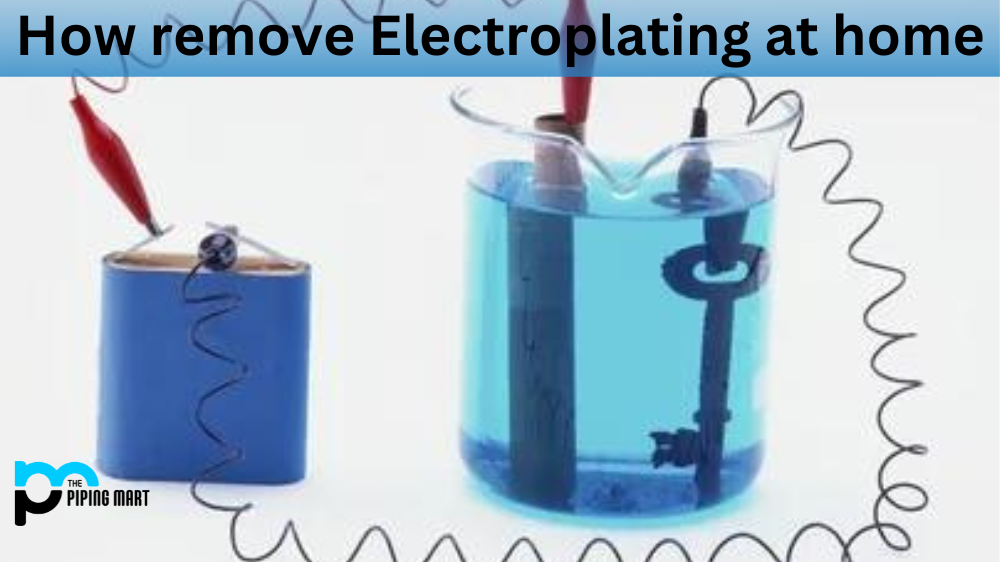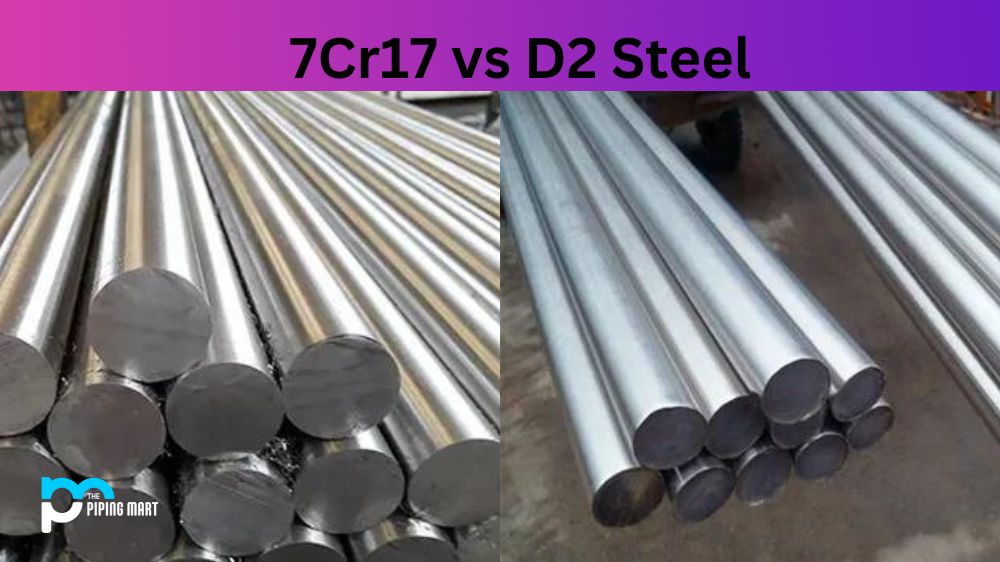Electroplating is a process that utilizes electrical current to coat metal surfaces with another metal. It’s a beneficial process for aesthetic and practical purposes, as it can be used to add certain metals or alloys to existing materials for an improved look or increased durability. If you’re looking to get into electroplating from the comfort of your own home, there are some important things you need to know before getting started.
Necessary Materials
Before you begin electroplating, you must ensure that you have all the necessary materials. This includes the metal substrate (the material that will receive the coating), the electrolyte solution, a power source (such as a battery), conductive wires, and pliers. You also need protective clothing and gloves to ensure your safety during the process. Additionally, for electroplating to work correctly, you need a sacrificial metal—usually zinc or copper—that will be used as part of the process.
Setup Process
The setup process for electroplating is relatively simple but requires careful attention to detail. Start by attaching one end of your conductive wire to your power source and sacrificial metal. Then attach the other end of this wire directly onto the substrate being electroplated—this will ensure that electricity flows directly through this material during plating. Finally, attach one end of another wire to your power source and submerge the other end into your electrolyte solution; this will complete your circuit by providing electricity from your power source through both wires and into your substrate via electrolysis.
We recommend testing out this setup with a practice run before attempting any real plating jobs; this will help ensure that you’ve done everything correctly before beginning work on whatever material you are trying to plate. After doing so, start by turning on your power source until it reaches its maximum voltage output; then adjust it, so it’s just below that level before continuing with plating. As soon as plating begins, monitor closely until completion—it should take between 30 minutes and 2 hours, depending on how thick a coating is desired. When finished, please turn off the power source and disconnect all wires before removing any pieces from their respective baths for further inspection or use!
Conclusion:
Electroplating is incredibly useful for adding durability or improving aesthetics on various materials around your home or workshop setting! By following these steps carefully while also protecting yourself with safety gear such as gloves and goggles throughout the entire process, anyone can become an expert at electroplating in no time! So if you’re looking for an exciting new DIY project or just want something new in craftsmanship around your house – give electroplating a try today! You won’t regret it!

A passionate metal industry expert and blogger. With over 5 years of experience in the field, Palak brings a wealth of knowledge and insight to her writing. Whether discussing the latest trends in the metal industry or sharing tips, she is dedicated to helping others succeed in the metal industry.




